The State of Biodiversity and Northern Ireland’s Wildlife: An Interview with Ulster Wildlife CEO, Dawn Miskelly
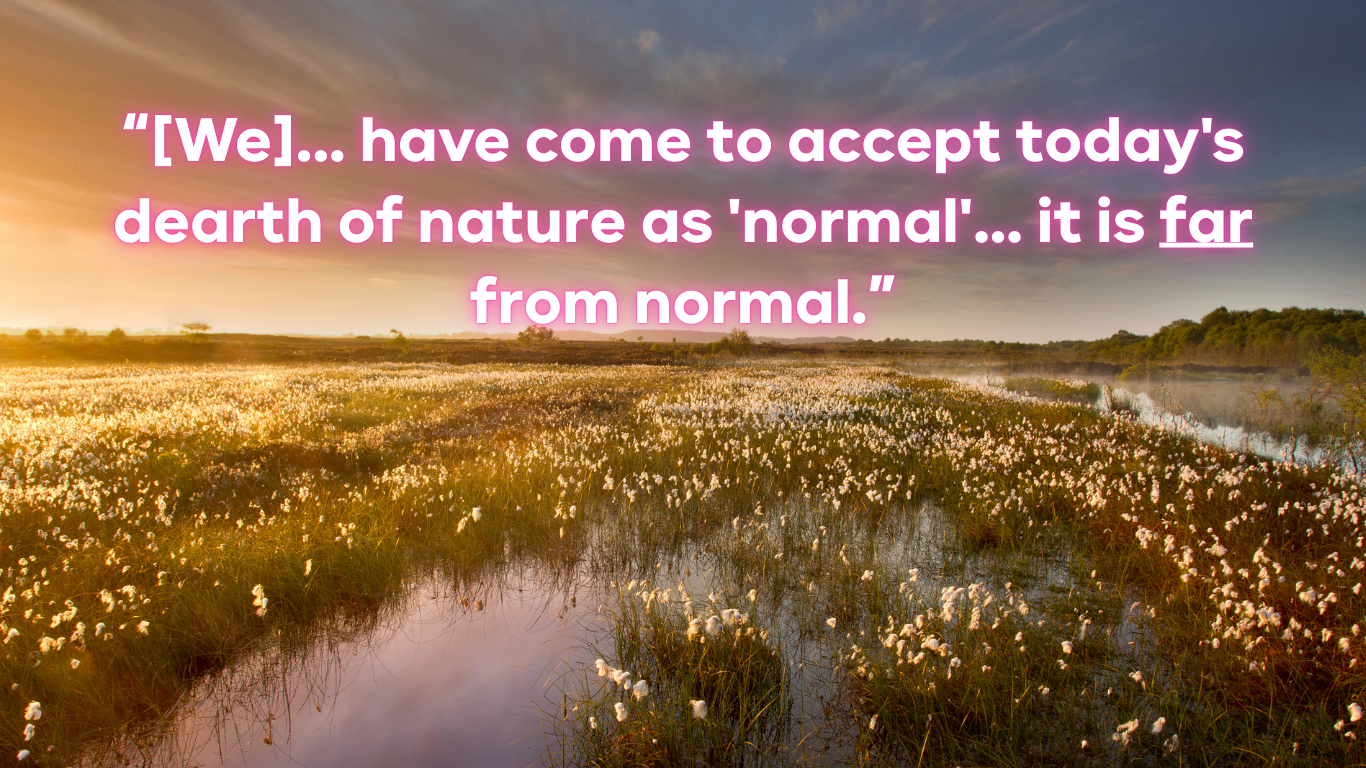
OutmoreNI had the pleasure of talking to Dawn Miskelly about the many projects her organisation, Ulster Wildlife are carrying out across the province. Her answers, provided appropriately enough during Invasive Species Week, provide a fascinating insight into the state of biodiversity in Northern Ireland, as well as giving inspiration on how to make change, and provide hope for the future.
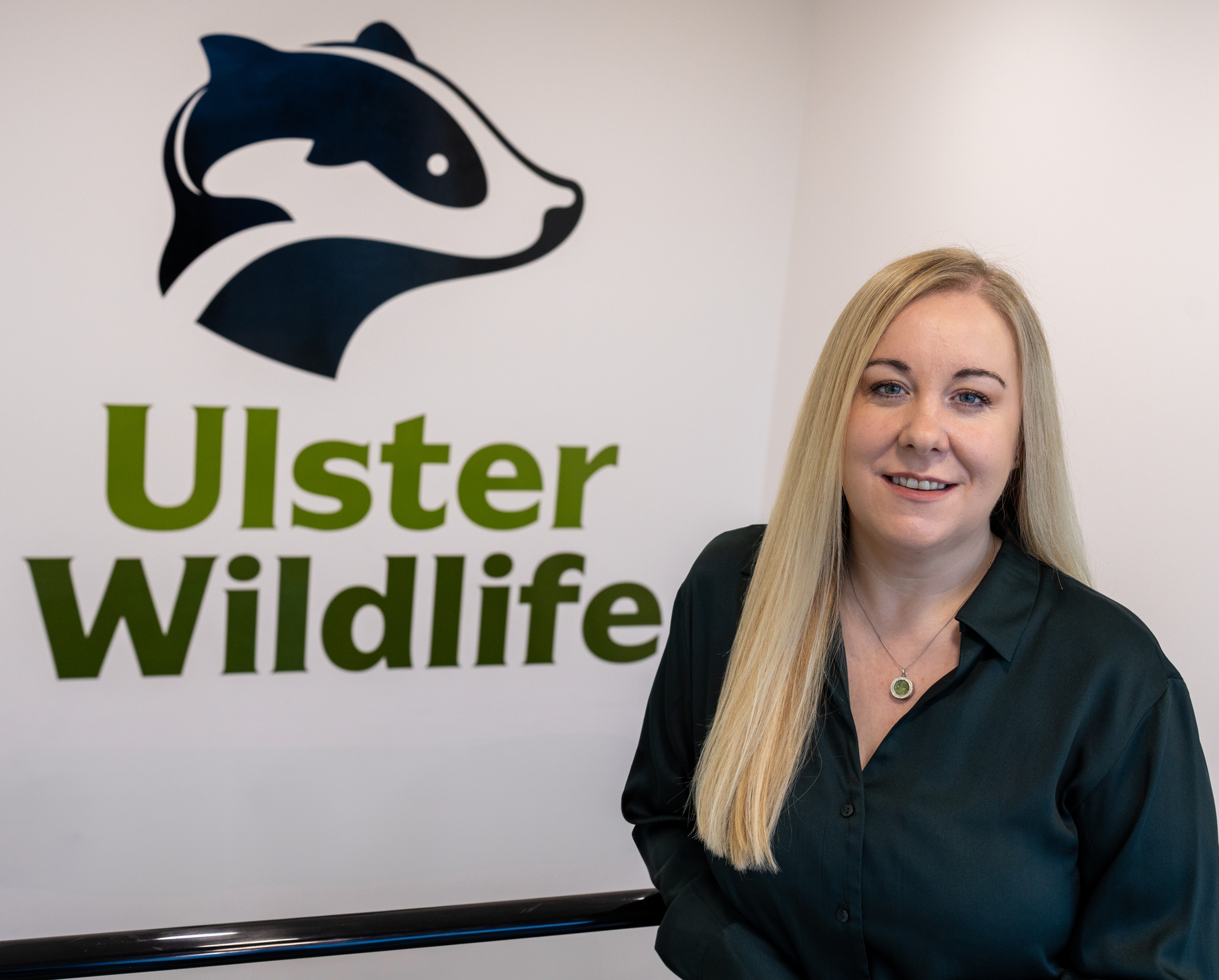
1. Hi Dawn, thanks so much for agreeing to talk to us! We wanted to kick off with finding out a bit about you. What first inspired you to pursue a career in wildlife conservation?
I have always been interested and fascinated by the natural world. Some of my earliest memories are being in the garden at home looking for bugs – my parents instilled a respect and love of nature in all of us – there were always lots of nature books around which I’m very thankful for.
I studied for a BSc in Geography and then a Master’s in Business from University of Ulster and then I did a number of temporary jobs straight after University – including Belfast Zoo and Northern Ireland Tourist Board – mainly with a marketing focus. And then I was introduced to Ulster Wildlife through a friend that was already working for them. I actually started out with the charity as a volunteer in the marketing team, helping with membership tasks and at events, and it didn’t take long before I was hooked! The charity’s mission and values really spoke to me and were so aligned with my own – I really felt like I had found my place.
After volunteering for a few months, a job came up in the marketing team and I applied and was successful – and that’s how I started my 20 plus year journey at Ulster Wildlife. I took up the role of CEO in November 2024 and am really looking forward to the challenge of growing our impact.
2. For followers of OutmoreNI who maybe aren’t as familiar with Ulster Wildlife, how would you summarise your organisation’s core purpose?
Founded in 1978, Ulster Wildlife is Northern Ireland’s largest local nature conservation charity. Supported by our members and funders, we are working to bring nature back across Northern Ireland, building a wilder future where people and nature are thriving together. We do this by restoring nature on land and at sea, inspiring local people to take action, and demonstrating how nature can help address the climate emergency.
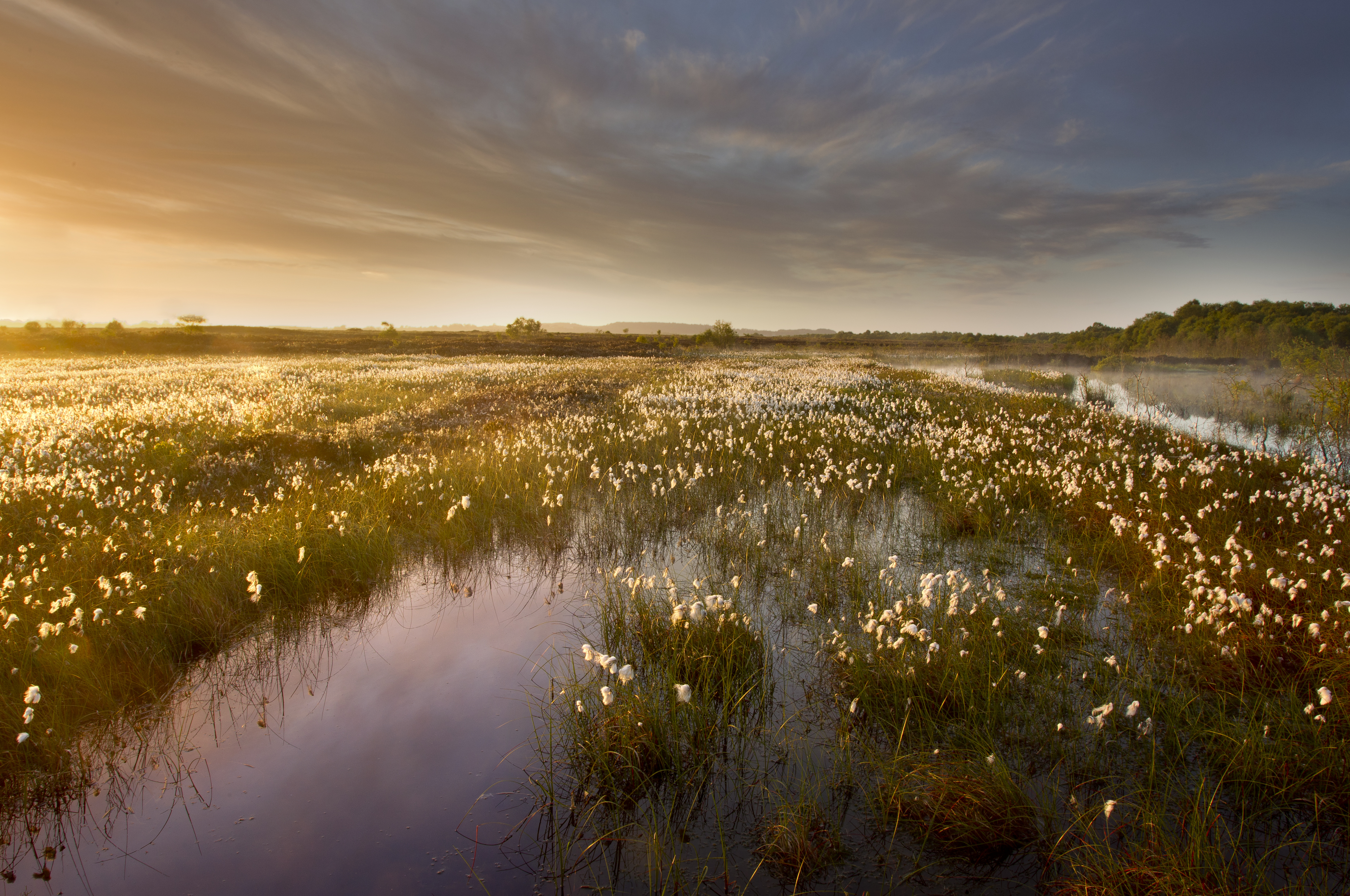
3. From your perspective, what are the most pressing challenges facing Northern Ireland’s wildlife and habitats right now?
Habitat loss and fragmentation are the major factors driving biodiversity decline locally along with pollution, climate change and non-native invasive species. The natural environment is under significant competition for space with infrastructure development, housing shortages and food production. Most original habitats have gone, natural ecosystems are fragmented and many of our environmental indicators which had improved over the last decade are now going in the wrong direction. The blue green algae blooms at Lough Neagh highlight the significant impacts of water pollution on our lakes and waterways, with our marine environment also severely impacted by sewage pollution. The most recent State of Nature Report shows no let-up in loss of wildlife locally.
4. What are the factors which are exasperating these threats?
Historic under-investment in water infrastructure and in nature protection/restoration has left us in a position where only around 50% our most highly designated sites for nature conservation are in favourable condition. We are also behind a number of the other UK and Ireland jurisdictions on planning for climate change and we lack targets in law for nature recovery. Climate change is also starting to have a visible impact through increasingly severe weather events. The number of trees lost during the recent Storm Eowyn highlights this.
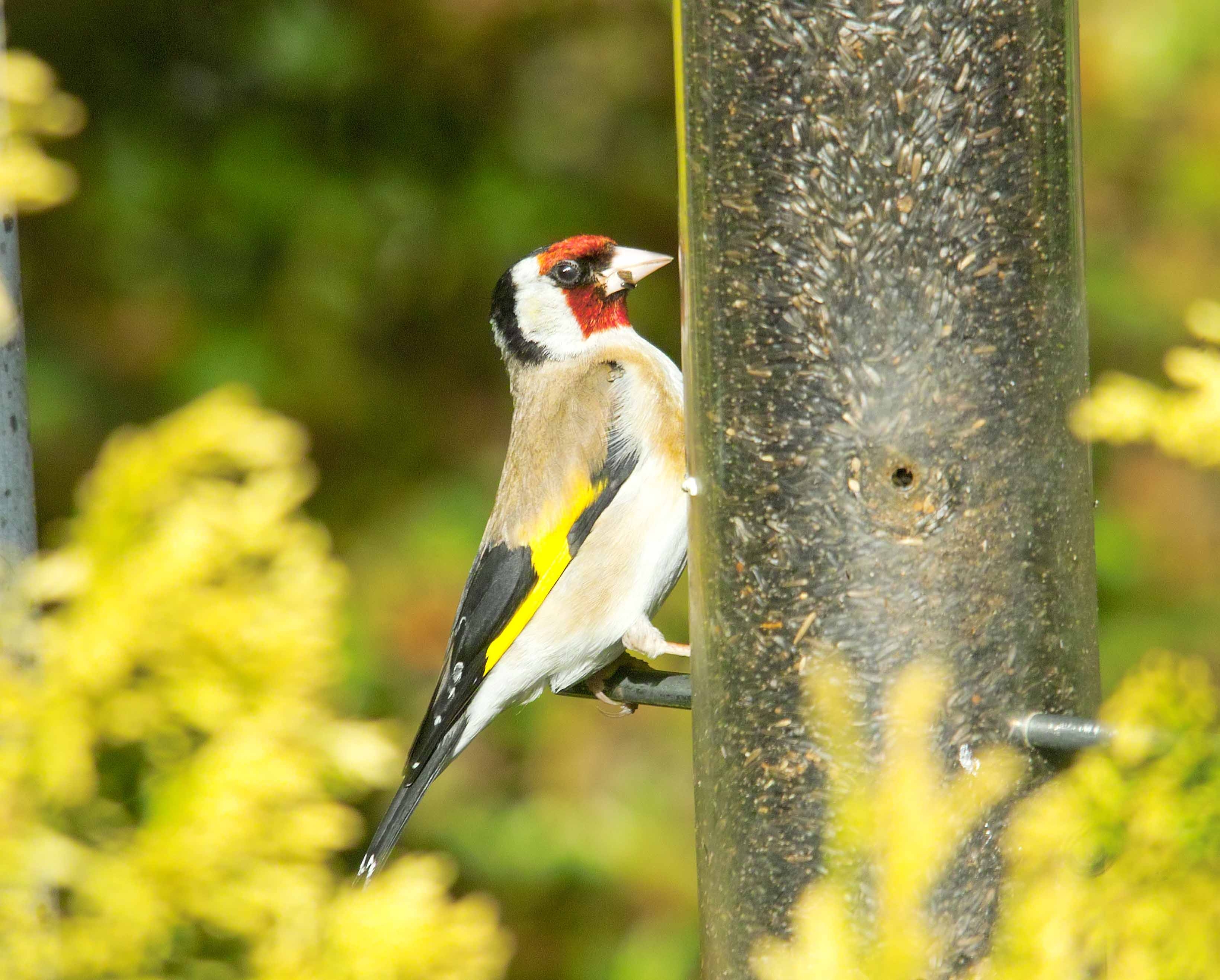
Because the decline in nature has happened gradually over the last 75 years, we as citizens may not have noticed it and have come to accept today’s dearth of nature as ‘normal’ when it is far from normal. This disconnection from nature can lead to a lack of awareness and understanding of the importance of a healthy natural environment to our humanity and health.
5. What is Ulster Wildlife doing to combat this?
Ulster Wildlife is working with a wide range of stakeholders from young people and community groups to food producers, farmers and our local elected representatives to champion action for nature recovery on land and at sea. We work under our three key pillars of nature, people and climate to deliver a wide range of programmes and actions. We are working to achieve the following three outcomes: that nature is in recovery and wildlife is thriving across Northern Ireland with at least 30% of land and 30% of sea protected, connected and managed for nature here by 2030; that more people locally are taking positive action for nature and are benefiting from time spent in nature; and that nature-based solutions are playing a central role in addressing climate change. We are very lucky to have a passionate and dedicated group of staff and volunteers in the charity to deliver our objectives across Northern Ireland.
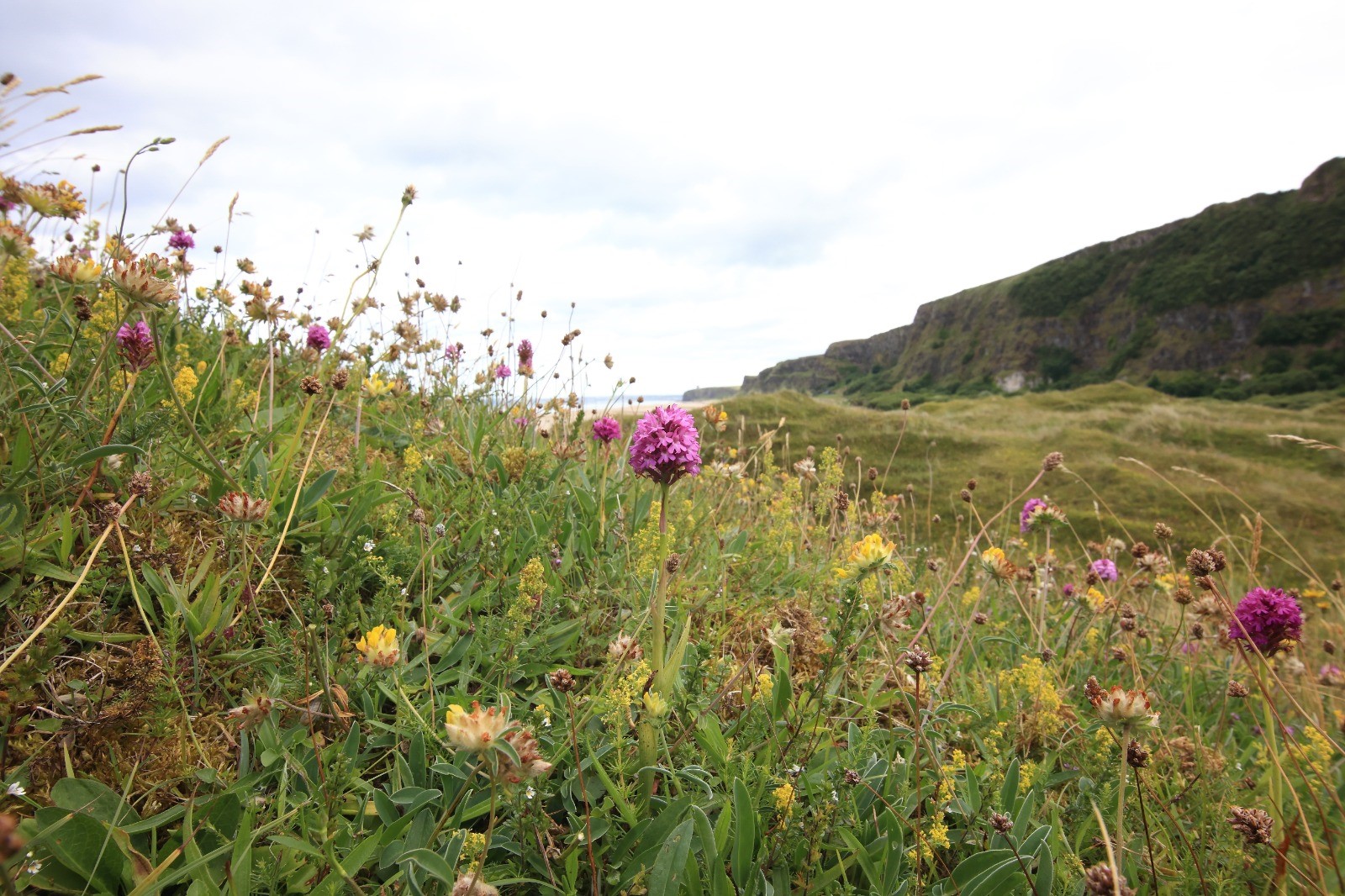
6. What two (or three) things tangible things can the average person on the street do, to help Ulster Wildlife’s mission?
You can become a member of Ulster Wildlife for a small monthly subscription to help bring nature back across Northern Ireland. With over 14,000 members already supporting our work, you’ll be joining a growing community committed to nature recovery. Members get exclusive access to some of our nature reserves as well as a wide range of member-exclusive events during the year. Join today at www.ulsterwildlife.org/join
Additionally, if you have any outdoor space at your home, then even very small actions to help make our gardens more nature-friendly can all add up to a significant difference. Nature reserves are invaluable, but to keep these protected areas from becoming wild oases in an impoverished landscape, we need to use every single space to help wildlife.
Our gardens and even houses can become part of a wild network, creating vital green corridors and stepping stones that connect to larger wild spaces. Your garden could be the crucial piece of the jigsaw. Just like us, wildlife requires three main things to thrive: food, water and shelter. Wildlife can thrive in all types of gardens, from family homes to tiny balconies. It doesn’t have to be a scruffy jungle; it can be a mosaic of mini wildlife habitats that come together to create a beautiful space for all. Find out more here – https://www.ulsterwildlife.org/let-nature-in
8. Could you share a recent Ulster Wildlife project that is (or is showing signs of being) a success story?
We have lots of positive species conservation stories and have seen increases in red squirrel and pine marten, along with barn owls over the last ten years. But a more recent success story is our re-introduction of the native European oyster to NI’s seas. Native oyster reefs were once abundant in European seas, but sadly it is estimated that populations have declined by 95% since the 19th century. Now native oyster reefs are one of the most threatened habitats in Europe.
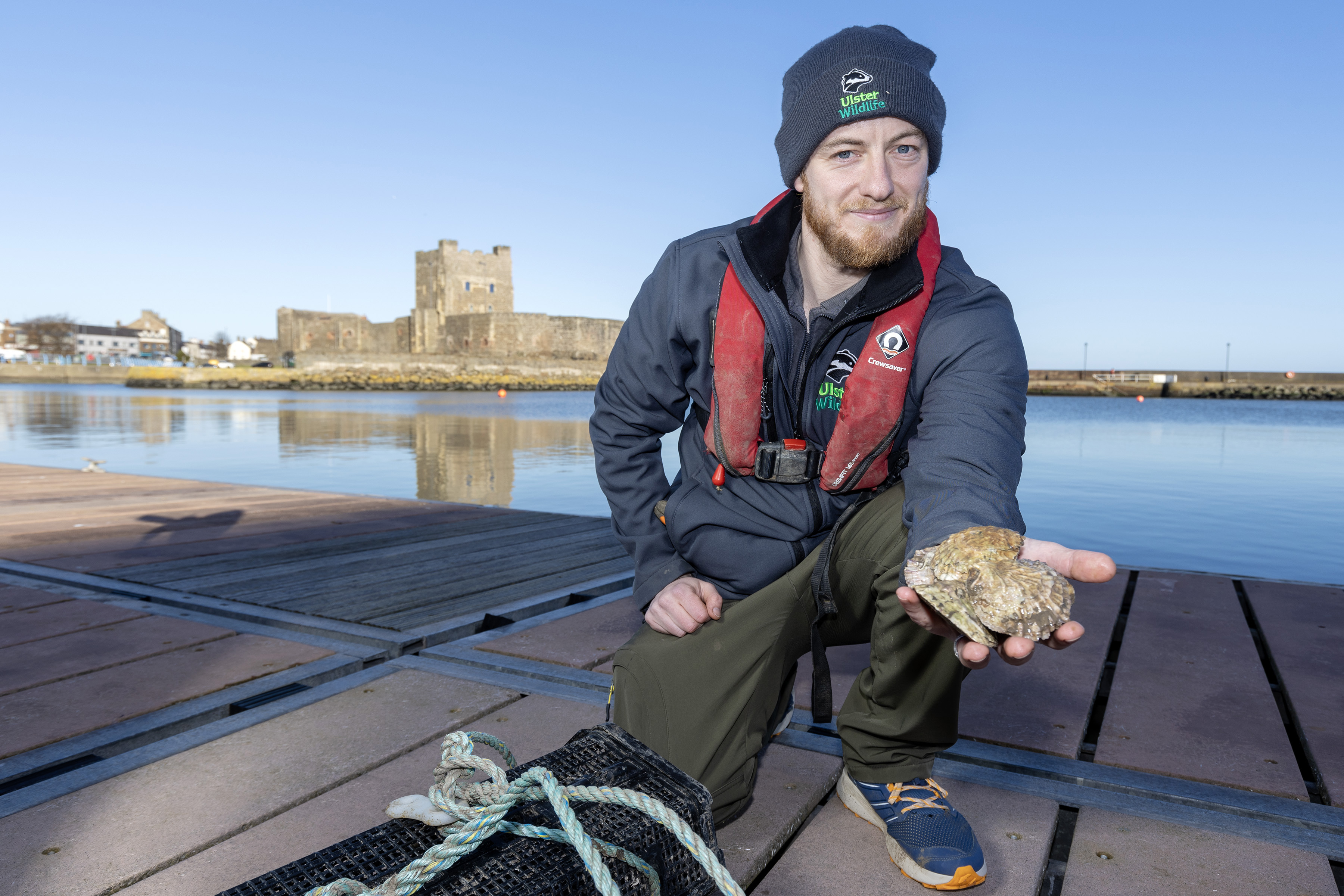
In the summer of 2020, live native oysters were discovered for the first time in over 100 years in Belfast Lough – evidence that the environmental conditions for re-establishment were right. To support the natural recovery of the native oyster, Ulster Wildlife installed Northern Ireland’s first native oyster nursery in Bangor Marina in April 2022. Since then, we’ve established oyster nurseries at Belfast Harbour, Glenarm Harbour and Carrickfergus Marina – with plans for larger scale seabed deployment in the making. When oyster reefs are restored, their ecosystem services and function are restored, which help keep our ocean healthy and resilient. A single oyster can filter up to 200 litres of seawater (approximately a bathtub) per day, which can significantly improve water quality and clarity. By removing particles from the water column, oysters can also increase light penetration to the sediment and promote the recovery of seagrasses, another threatened and valuable coastal habitat. Left undisturbed, oysters will form reefs providing habitat for lots of other species, including important commercial fish. So this is a real win-win for people and nature!
9. How is climate change already affecting local biodiversity? Are there any adaptive measures which are proving effective?
Changes in land and sea temperature and more frequent severe weather events are affecting a whole host of species and habitats, and this is only set to increase unless we take real action to reduce global temperature rises. Warming temperatures are allowing some species, particularly insects and birds, to expand their ranges northward. This can lead to an increase in non-native species and the displacement of native species. Species that rely on cooler climates, such as certain upland plants and animals, are seeing their habitats shrink or potentially disappear entirely. Peatlands, which are crucial carbon sinks and biodiversity hotspots in Northern Ireland, can dry out and degrade due to warming temperatures and reduced rainfall. They then also become more vulnerable to wild fires as we have seen recently with devastating consequences in the Mournes and Slieve Beagh.
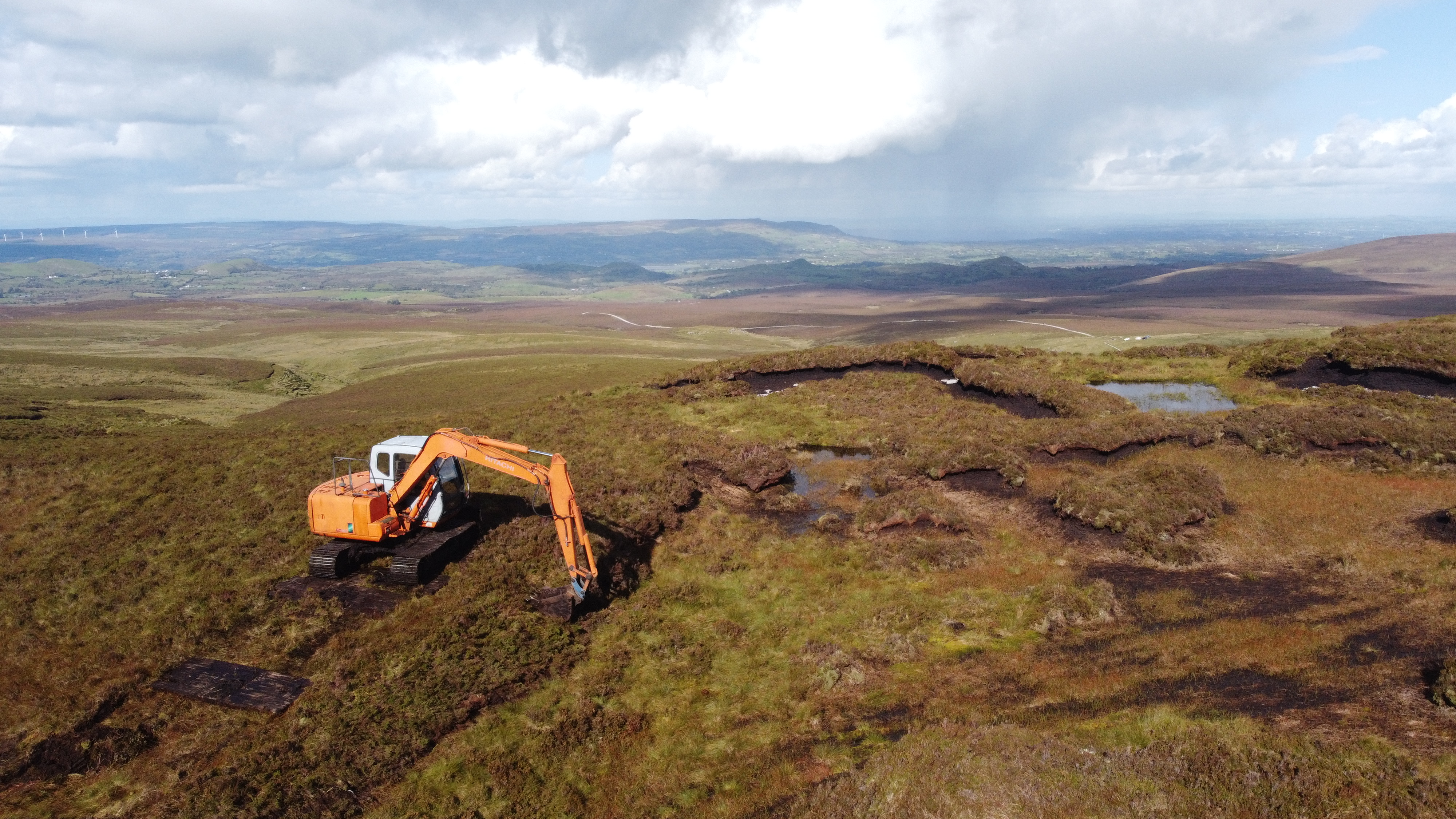
In our seas, rising sea temperatures can impact fish species distributions and ocean acidification can affect shellfish and other marine organisms. Increased coastal erosion and storm surges, threaten habitats like saltmarshes and dunes, which are already important and rare.
Ulster Wildlife is promoting nature-based solutions for some of the impacts of climate change – restoring our peatlands means they stay wetter for most of the year and are more resilient to periods of warm weather. Restored peatlands also begin to act as carbon sinks rather than emitting CO2. Restoring our coastal fringe habitats can act as a buffer to storm surges and also can store significant level of carbon dioxide. And creating a more joined up ‘nature recovery network’ across the country allows nature to move northwards as temperatures rise.
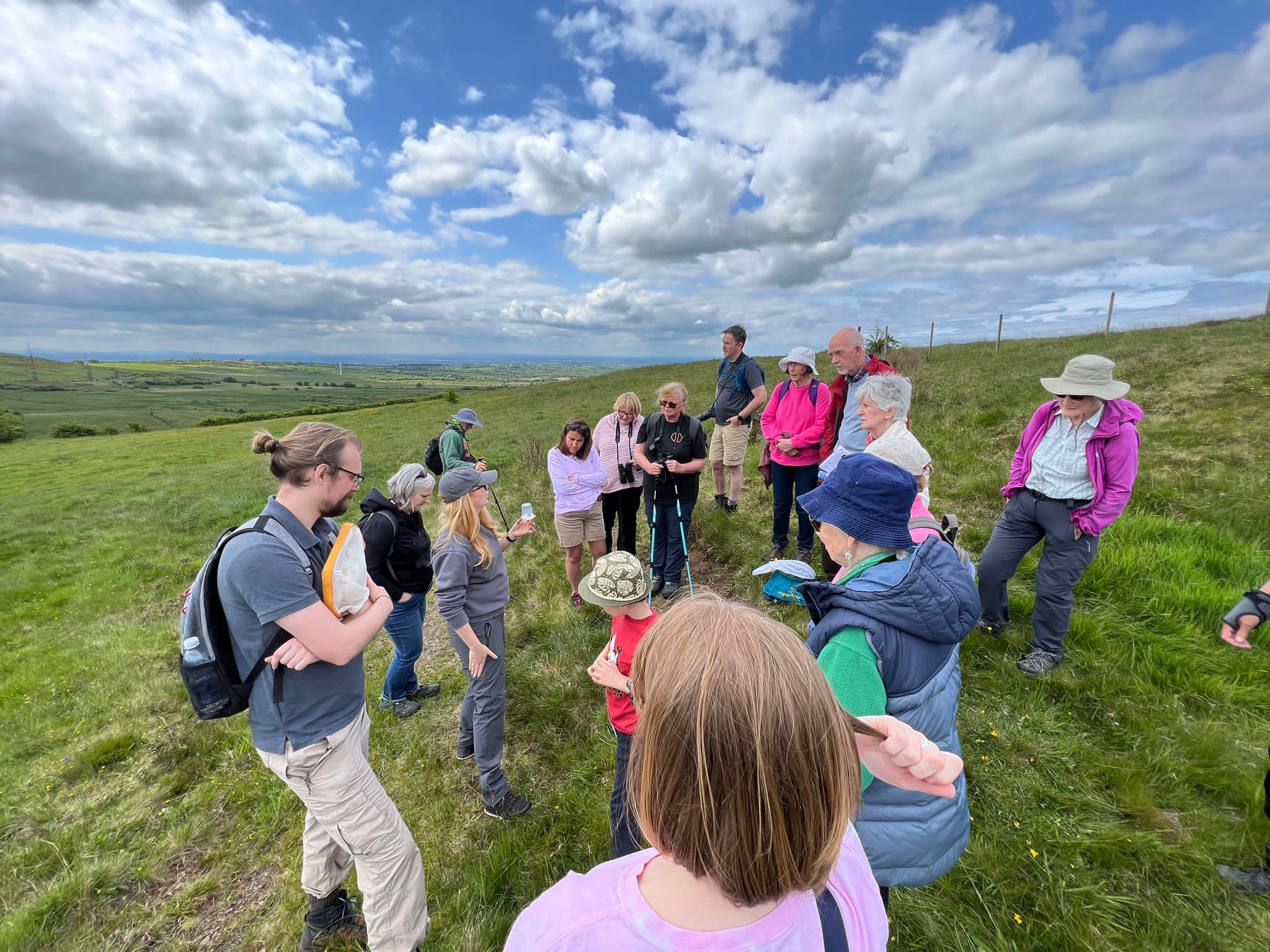
10. Ulster Wildlife has championed public involvement in data collection in the past. Are there any ongoing surveys or apps which you would encourage readers to get involved with?
Although we work across all species and habitats we do have a smaller number of key focus species that we work on. We’re particularly keen for the public to report sightings of red squirrels, grey squirrels and pine marten to us. And we have dedicated weeks of the year where we promote this. We’re also partnering in an All-Ireland Hedgehog survey and welcome hedgehog sightings too. You can find out more on our website https://www.ulsterwildlife.org/report-sightings
11. If you had one afternoon free to recharge in nature, where would you choose to go and why?
This is an easy one for me as I’m an avid sea dipper and a strong advocate for the wide ranging well-being benefits of immersing yourself in our local seas. I started to sea dip during the Covid pandemic and normally go to either Helen’s Bay or Portavo near Donaghadee. For me it’s a holistic way of supporting mental clarity, physical health, emotional resilience, and social well-being. I find that being in a wild sea setting helps to foster a deep connection to nature. Sunrise swims are a favourite during the spring and summer months.
12. Finally, what gives you the most optimism about the future of NI’s wildlife?
There is an increasing awareness that we need nature, that we rely on it for many of the essential services it provides us – clean water, breathable air and pollination for the food we eat. And although we need action now and at pace to recover nature – we know that we can turn things around before it’s too late – and that nature is capable of extraordinary recovery, when we do act. Ulster Wildlife has many examples of nature recovery happening locally whether that’s red squirrels and barn owls, peatlands or oysters so we know it can be, and is being done. Increasingly those in power understand that working to restore nature is actually about long-term strategic risk management for our societies and communities. Although nature is undeniably in trouble, we still have so many beautiful land and seascapes that can play a role in bringing back an abundance of wildlife here. Our growing membership base in Northern Ireland shows that local people do care about our local nature and helping it to recover.
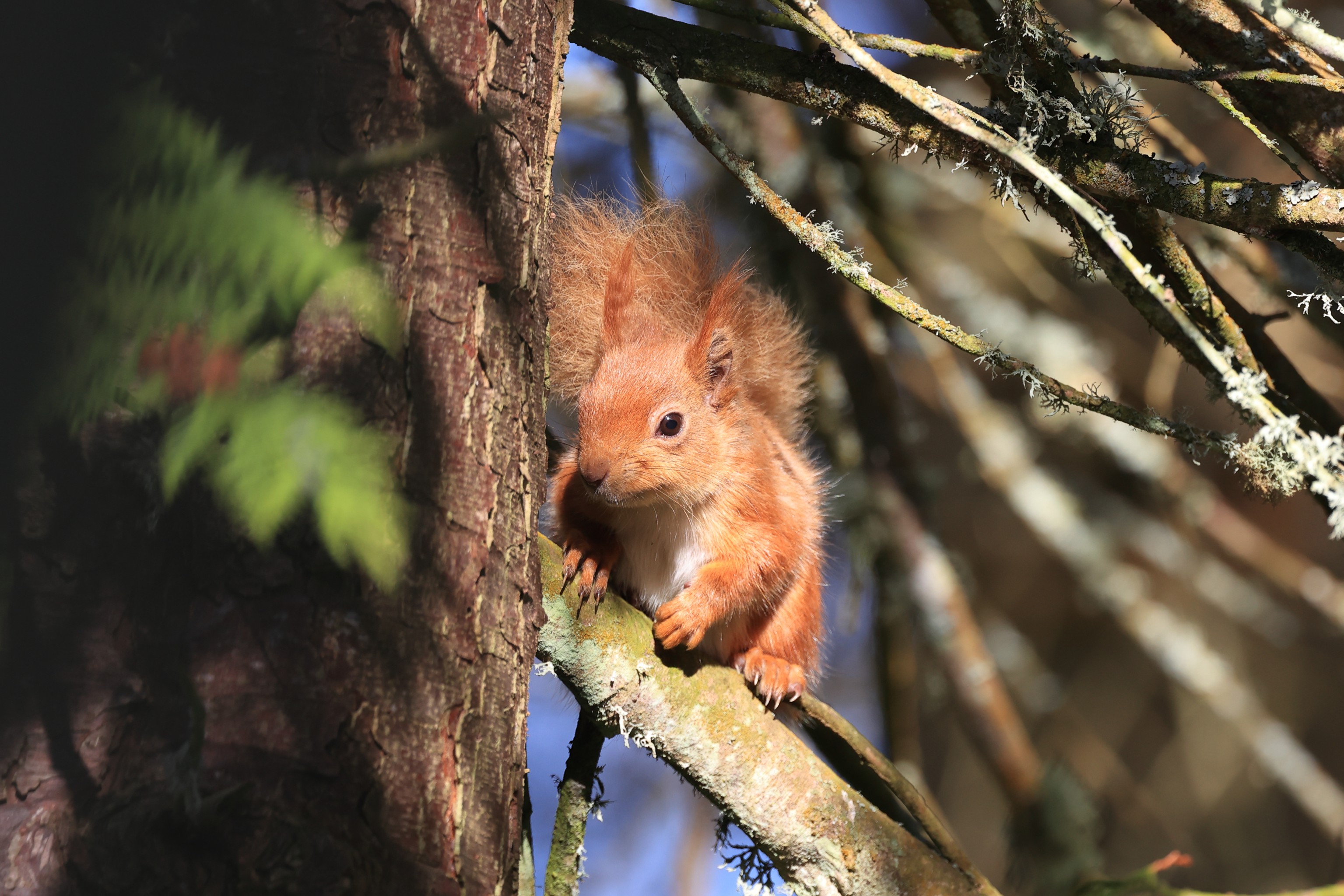
Thank you Dawn for talking to us! To see the amazing work that Ulster Wildlife are carrying out daily, follow them on Facebook, Instagram or X.


